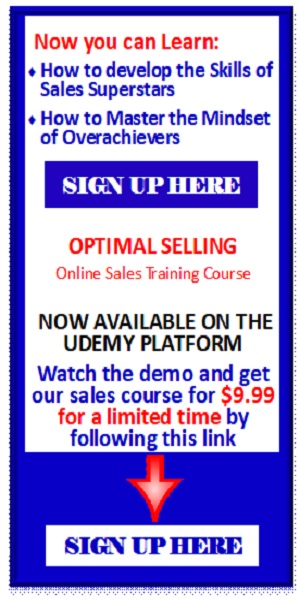Pain is the essential element of the compelling reason to move forward in the sales process. However, pain exists blow the surface. Too many salespeople are satisfied with finding out what the prospect wants or needs and then moving on. Wants and needs are not pain. The pain exists in the answer to the question why they want it, or why they need it. The real answers to those questions take longer to uncover and if you move on after only discovering the wants or needs you will not have uncovered the actual compelling reason to buy. The result of that will become clear when the deal stalls and you can’t close it. Over time your pipeline becomes bloated with unqualified and uncloseable deals, your forecasts become unreliable and you waste a lot of time chasing dollars that never materialize. The solution is to linger in the pain step of the sales process until you are sure there is either a compelling reason to buy or are convinced there is not now a compelling reason and will never be one so you can close the file and move on.
If you have a sales question you would like to discuss follow the link to schedule a call:
https://calendly.com/dancaramanico/callwithdan




